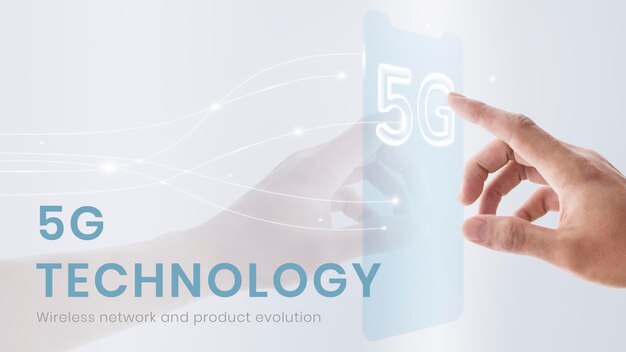Driving Safely with Wireless Technology

Houman Zarrinkoub from MathWorks discusses various options for V2X wireless technology aimed at making roads safer, improving autonomous driving, and supporting smart city initiatives. Vehicular communications, a type of cooperative communication, enable real-time, high-speed, and secure interactions between moving vehicles.
There are four main types of vehicular communications: vehicle-to-vehicle (V2V), vehicle-to-infrastructure (V2I), vehicle-to-pedestrian (V2P), and vehicle-to-network (V2N). Collectively, these are referred to as vehicle-to-everything (V2X) and have the potential to significantly enhance road safety.
Safer Roads
With the advent of V2X technology, transportation safety is expected to improve dramatically. The US Department of Transportation’s National Highway Traffic Safety Administration reports that widespread deployment of V2X technologies could potentially prevent 81% of light-vehicle crashes. V2X provides safety features far superior to current advanced driver assist systems (ADAS), which rely heavily on computer vision, radar, or lidar. These existing technologies are limited because their signals cannot penetrate through vehicles and fail to detect those outside the line of sight. V2X, however, can provide crucial information about vehicles both within and outside the line of sight, as long as they are within a specific communication range. This improved situational awareness makes both semi-autonomous and fully automated systems more effective, reducing the likelihood of accidents.
Better Adoption
The market for automotive V2X technology is vast. Juniper Research projects the V2X market will reach $3 billion by 2022, growing annually by 26%. They expect that half of all new vehicles will include V2V hardware by that year. Three main sectors comprise this market:
– Devices and semiconductors: Companies like Denso, Continental, Delphi, Qualcomm, and Infineon producing RF transceivers and V2X chipsets.
– Cellular infrastructure: Manufacturers such as Huawei, Nokia, and Ericsson, along with carriers like AT&T, NTT, and Docomo.
– Automobiles: Manufacturers including Toyota, Honda, GM, Ford, BMW, Daimler, and Audi.
Options
Two primary technologies are being considered for implementing V2X: dedicated short-range communications (DSRC) and cellular vehicle-to-any-device (C-V2X) communications. Both operate on the 5.9GHz band and must meet strict requirements, including communication latencies of less than 100ms, ranges of at least 300 meters, and support for typical highway speeds.
DSRC, based on WiFi technology, follows the IEEE 802.11p standard for its communication protocols. Companies like Toyota, Honda, and GM support DSRC. Development began in 2009, and the protocols were fully defined by 2010. Proponents argue that DSRC standards address all aspects of communication layer to application layer and safety considerations, asserting the technology has been ready for large-scale deployment since 2017. However, DSRC has known limitations, including supporting only V2V and V2I applications and having an upper limit for reliability concerning vehicle density and communication range.
C-V2X, on the other hand, utilizes 4G-LTE cellular technology, being part of the device-to-device (D2D) communication protocol in the sidelink mode of the LTE-Advanced standard. This allows each device to detect…
By exploring superior V2X options, we’re looking at a future where vehicles can communicate more effectively, creating safer and more efficient roadways.